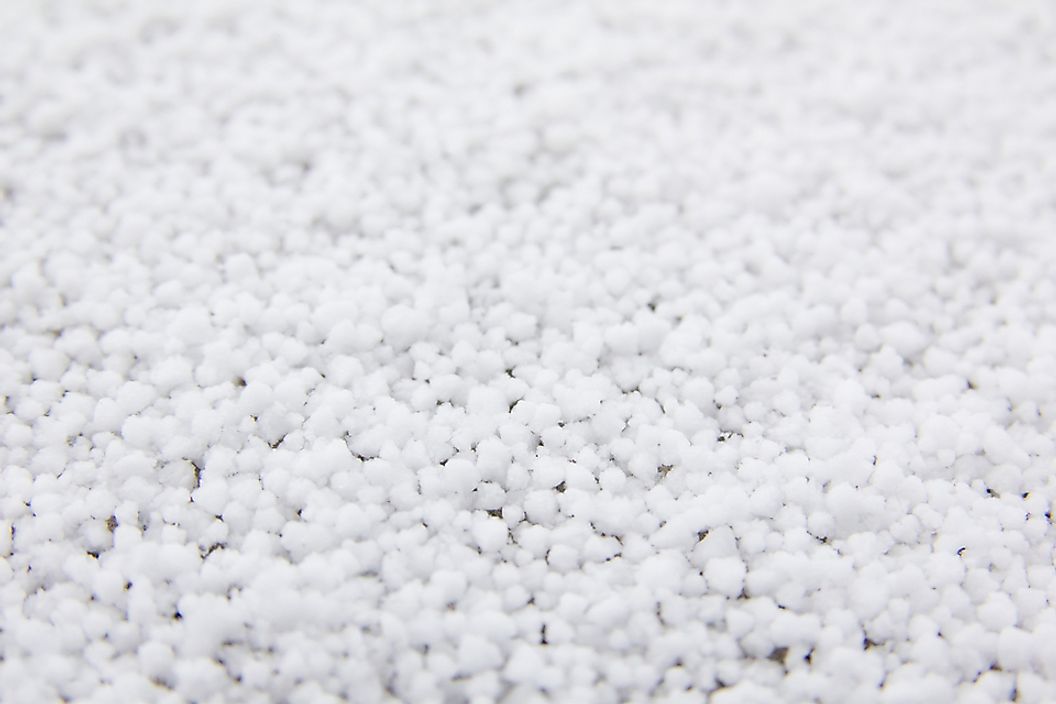Graupel: those soft, little hail-looking snowballs that fall from the sky during storms and make the ski conditions awesome. They’re not quite snowflakes and not quite hail pellets—so what are they?
The World Atlas defines graupel as such:
“Graupel, also referred to as snow pellets or soft hail, is a form of precipitation which forms when super-cooled droplets of water collect and freeze on the surface of falling snowflakes, resulting in the creation of 0.08-0.2 inch rime balls. Previously identified by meteorologists as small hail, graupel is entirely different in both size and shape. The World-Meteorological organization describes small hail as tiny snow pellets which are encapsulated by ice. The name graupel is derived from the German language.”
Graupel is formed only under certain atmospheric conditions when snowflakes encounter super-cooled water droplets in the atmosphere. These water droplets, whose diameter is approximately 0.00039 inches, exist in liquid form at extremely low temperatures (-40 degrees Celsius). These droplets then collect and freeze on the surface of snowflakes through a process known as accretion. Snowflakes with frozen water droplets on their surfaces are called rime. As more water droplets freeze on the snowflake, the original shape of the snowflake changes, turning it into graupel.
Graupel only happens at high altitudes, often in mountain climates. Thunderstorms are known to be a common producer of graupel in the mountains. Graupel is more granular and denser than regular snow because of its rimed surface. Graupel resembles smaller polystyrene beads or tiny ball bearings. This combination of low viscosity and high density makes graupel seem light and dry, producing amazing, effortless powder-like skiing.
